Once upon a time, I used to dedicate my weekends to sports photography. Here’s a little (love) story
I clearly remember how it started. I was sitting on the sofa at home, on a lazy, sunny summer Sunday. My phone pinged and I opened a new message notification.
It was from a lady I had never talked to and I didn’t even know who she might be.
She said she saw my pictures of volleyball matches and wanted to have a chat with me.
At that time I sometimes went to see volleyball matches and was used to taking my camera with me for some shots. I was very curious about that message, so we planned a call.
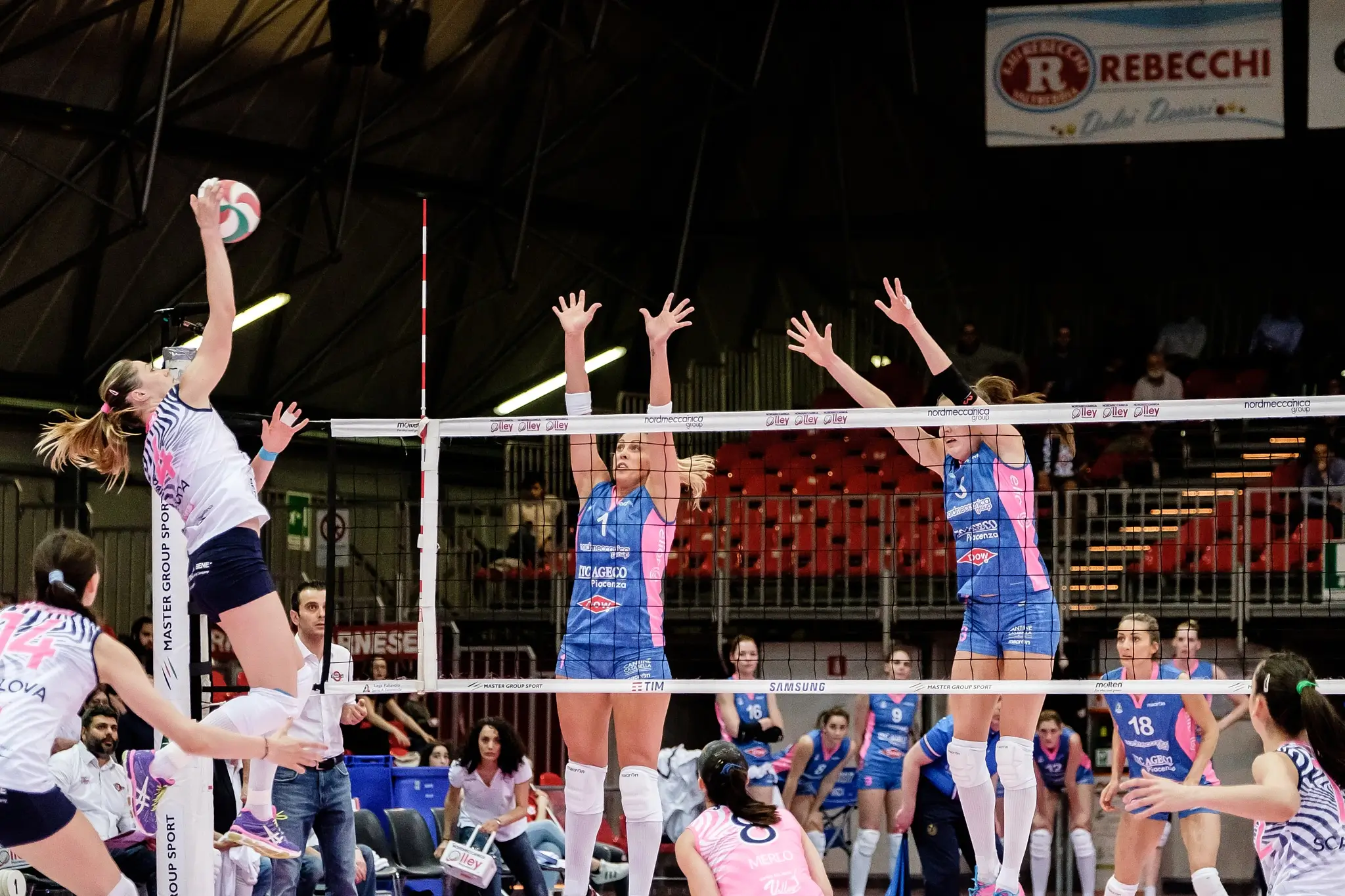
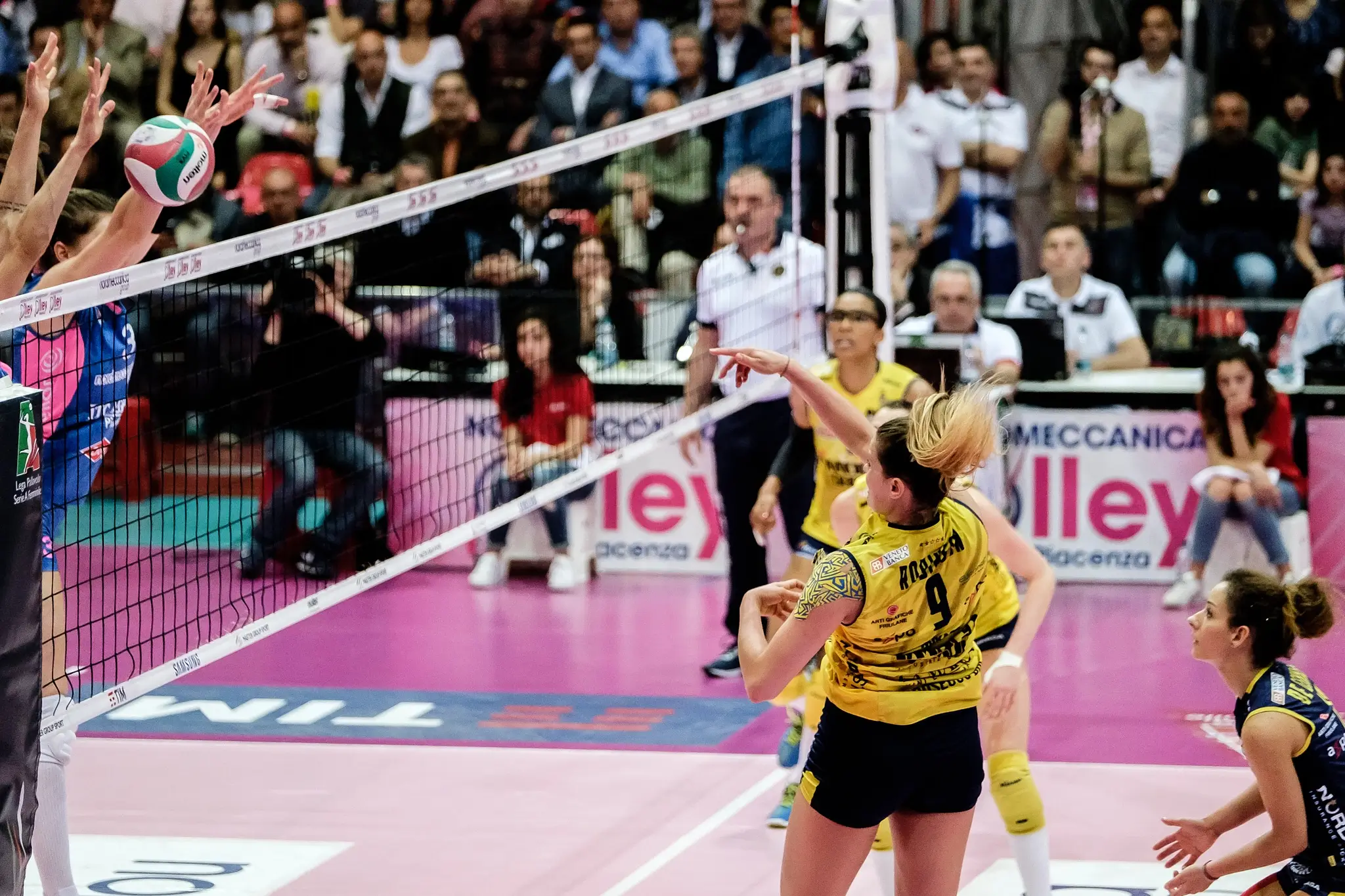
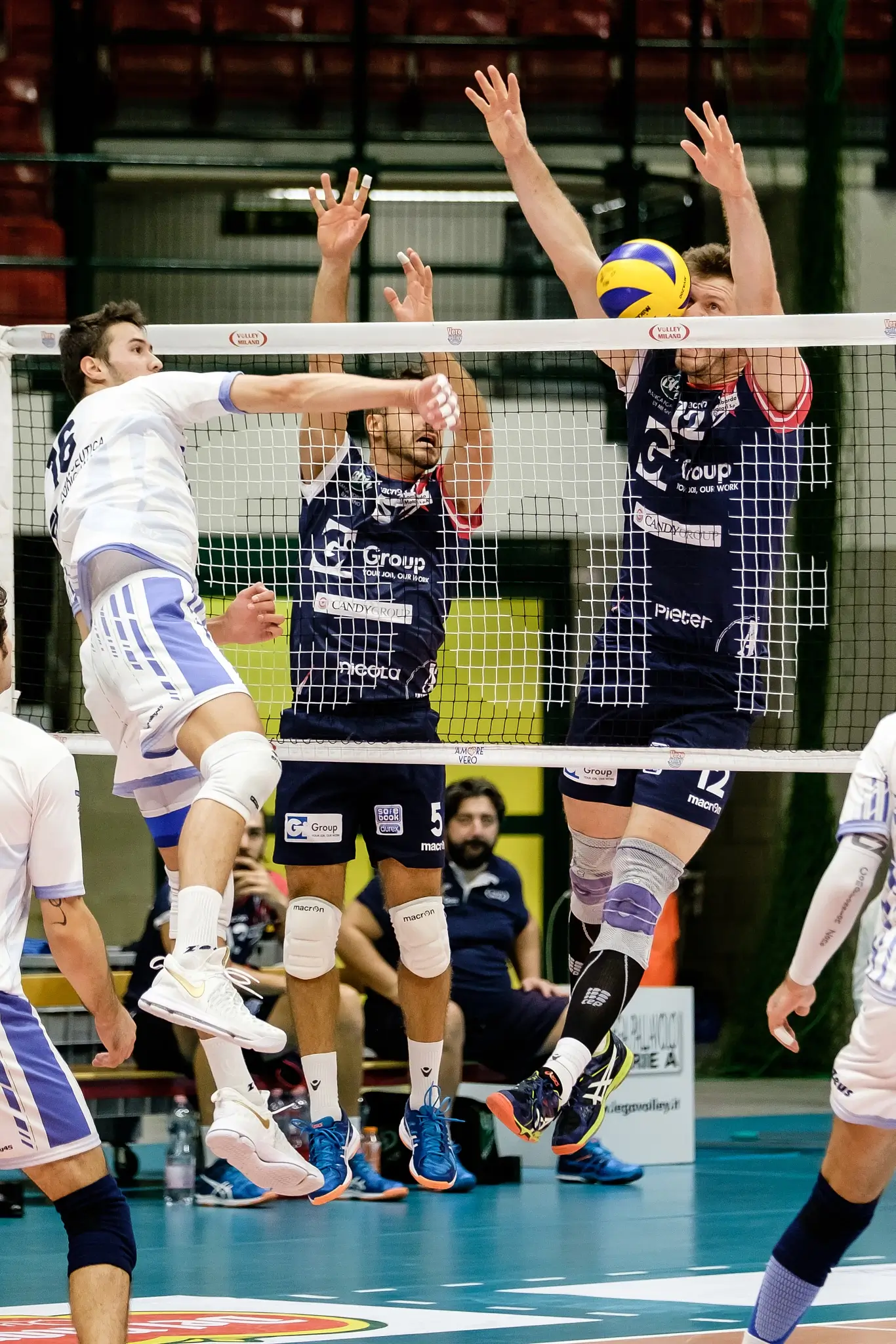
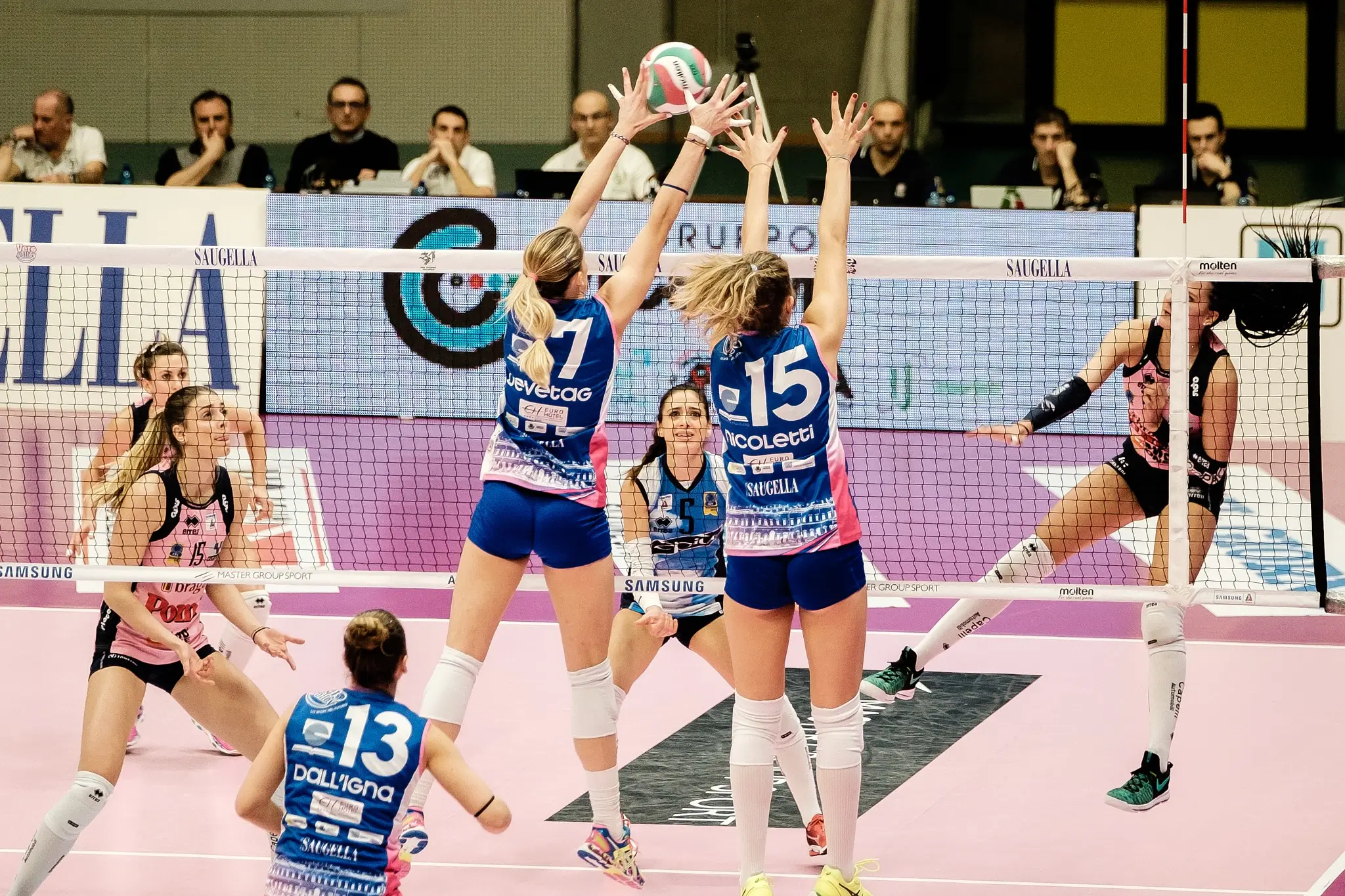
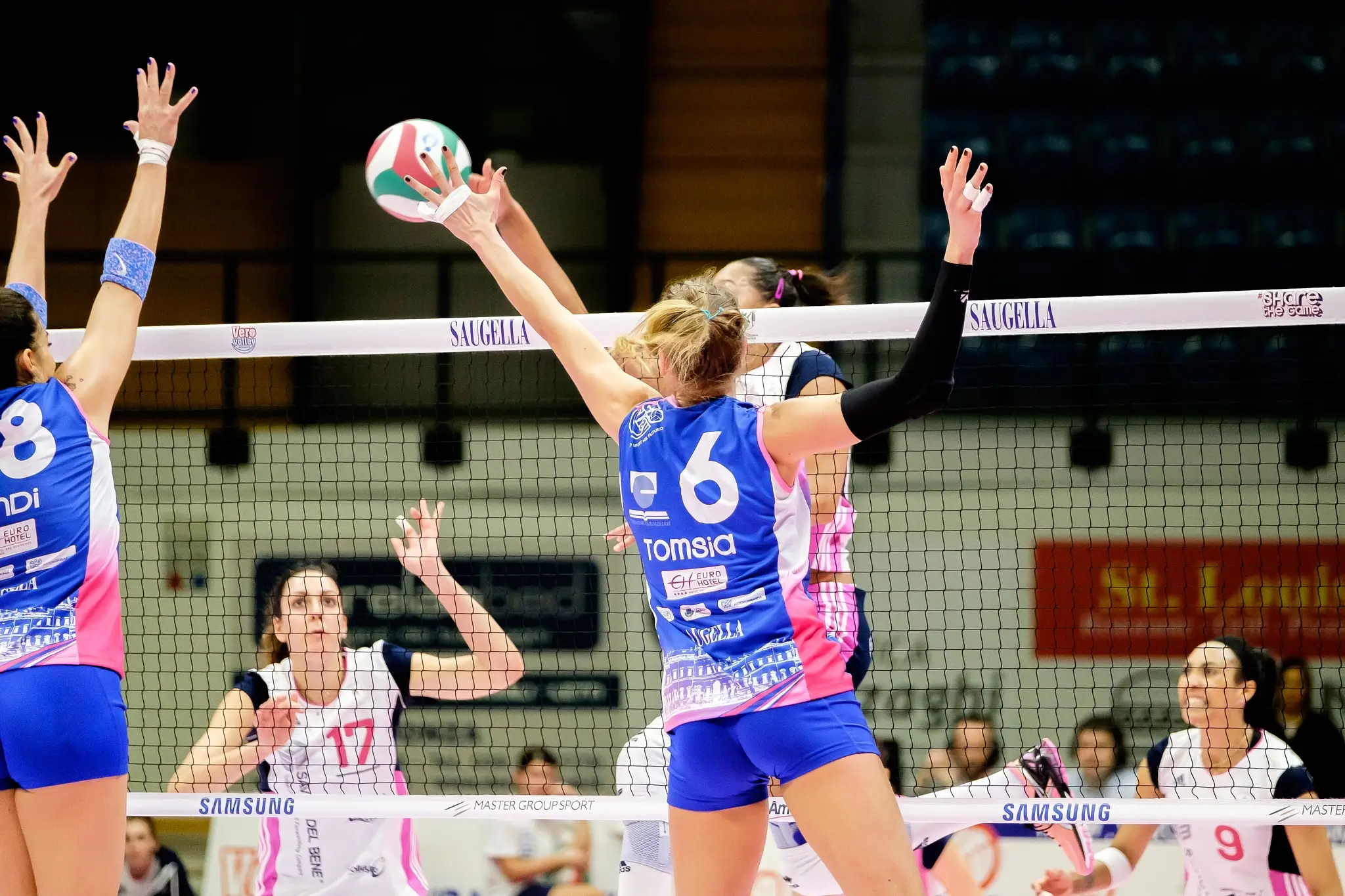
She introduced herself as the owner of a Social Media Consulting company called Get Sport Media. She said she saw some of my images on Facebook and since she was uncovered for the team I was supporting and photographing, she asked if I wanted to join her team.
I was beyond excited about this opportunity because it allowed me to combine two things I loved: sports and photography.
Standing beside the field completely changed the perspective of my pictures. And proved to be a lot more challenging than I’d thought.
Players are really fast, in particular men, and the ball can reach a speed of 130km/h in the most powerful services.
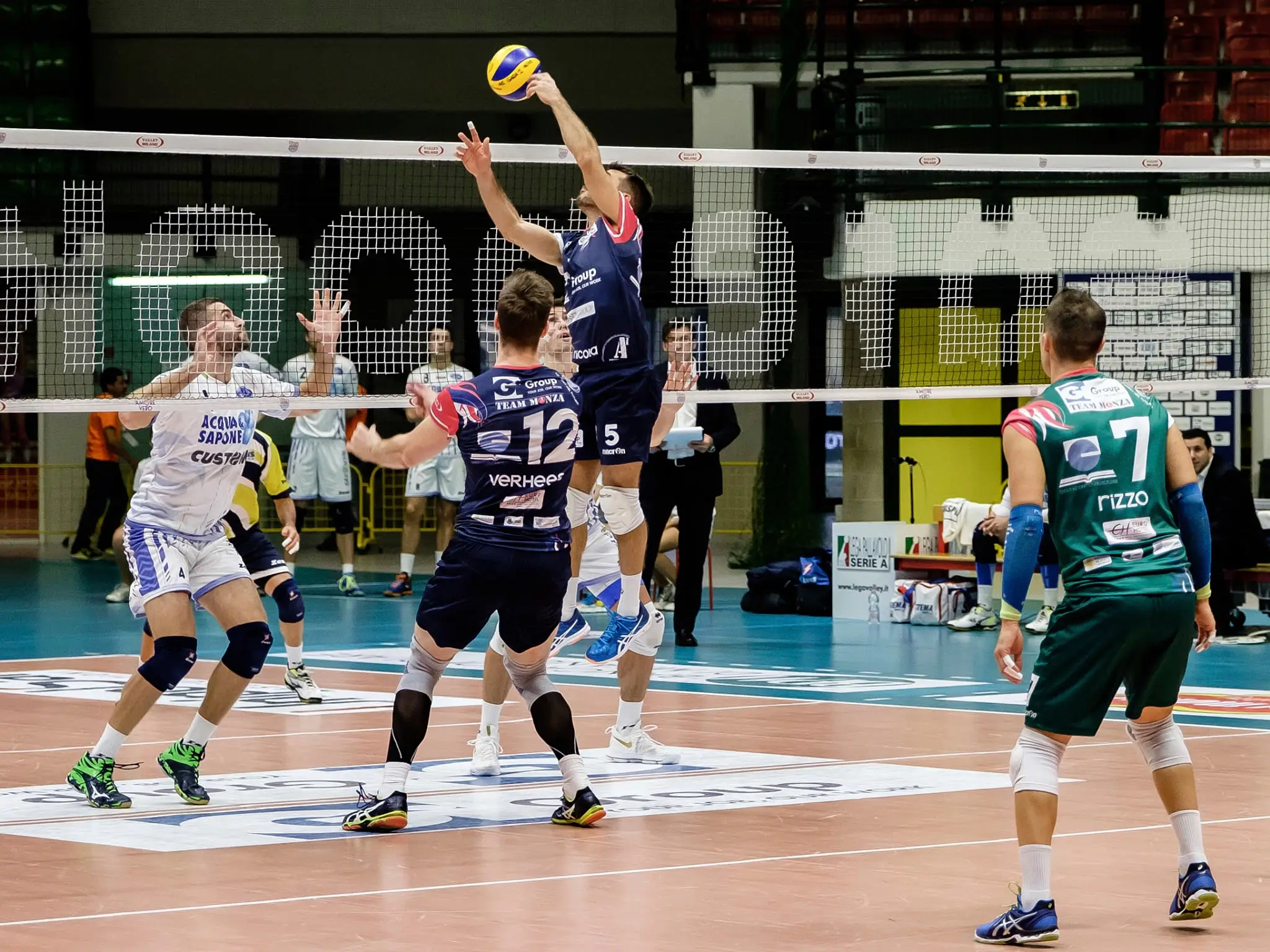
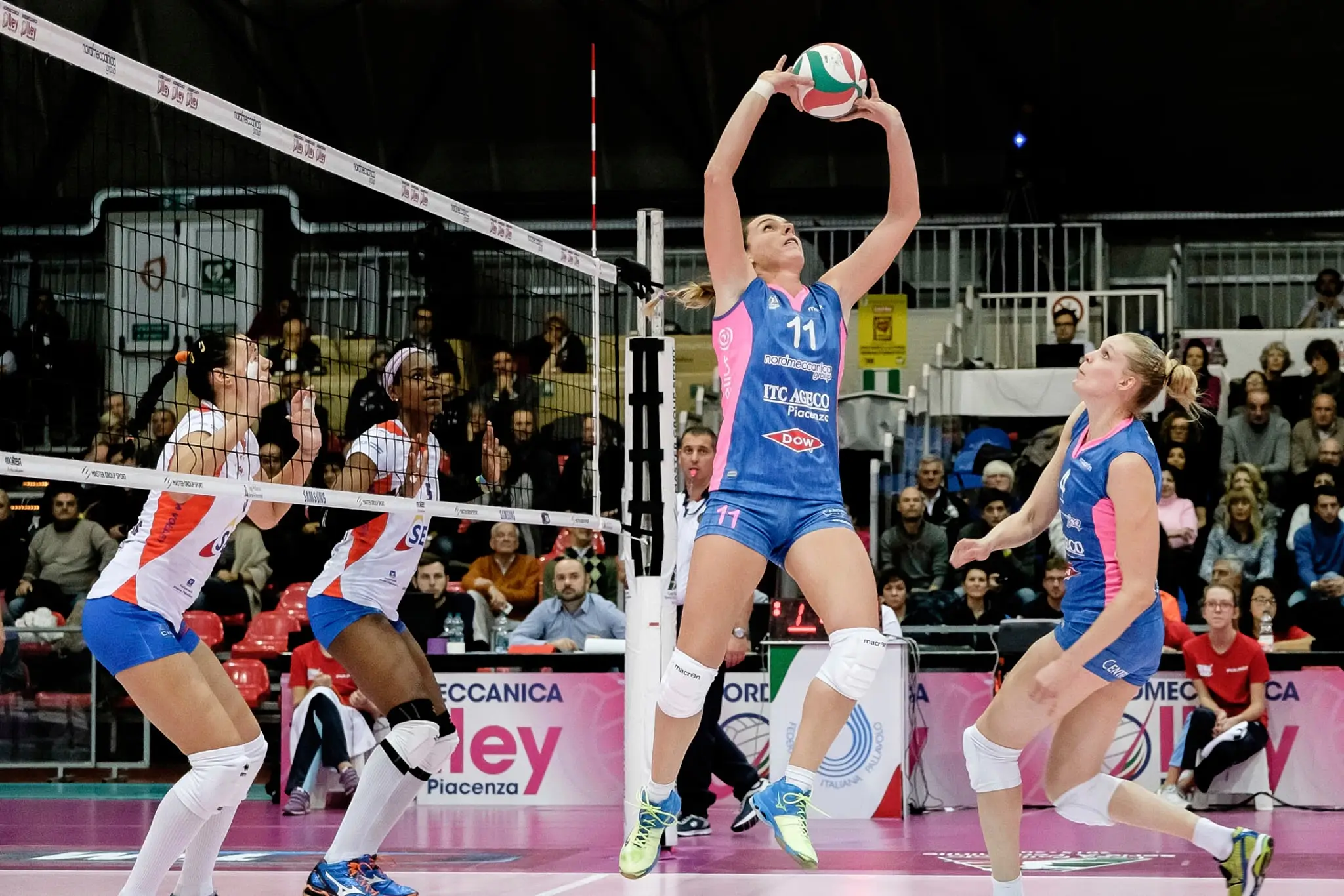
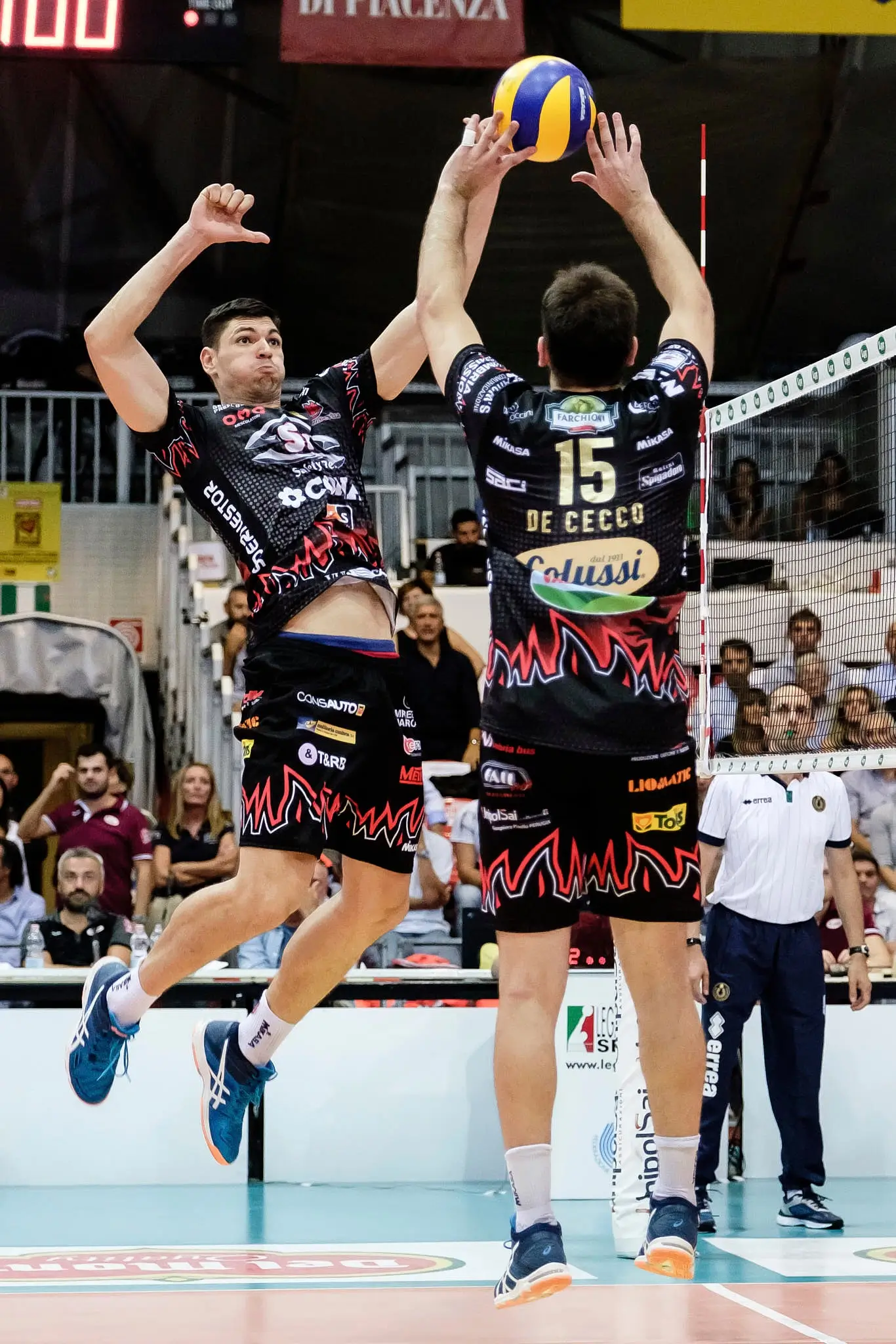
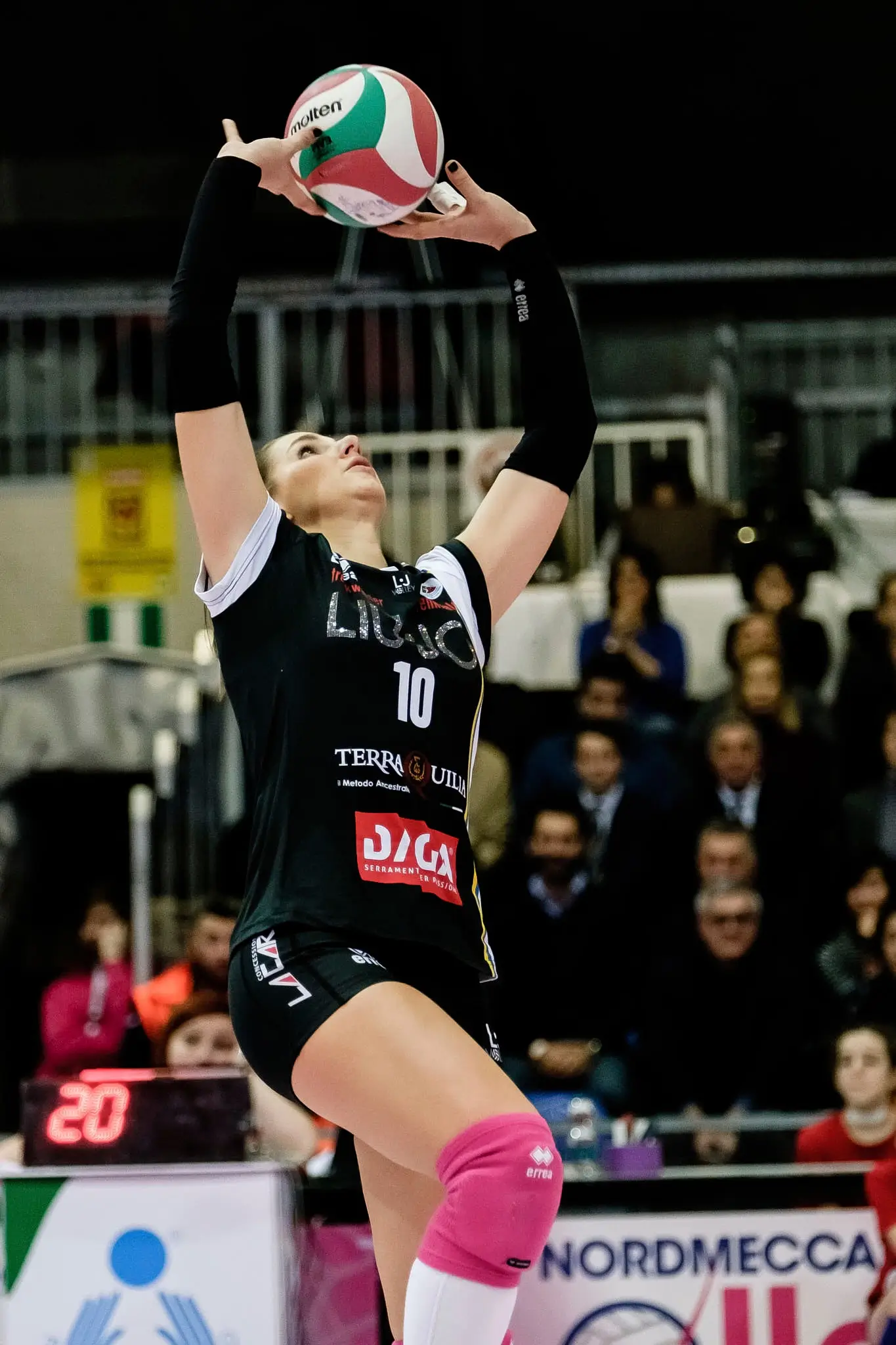
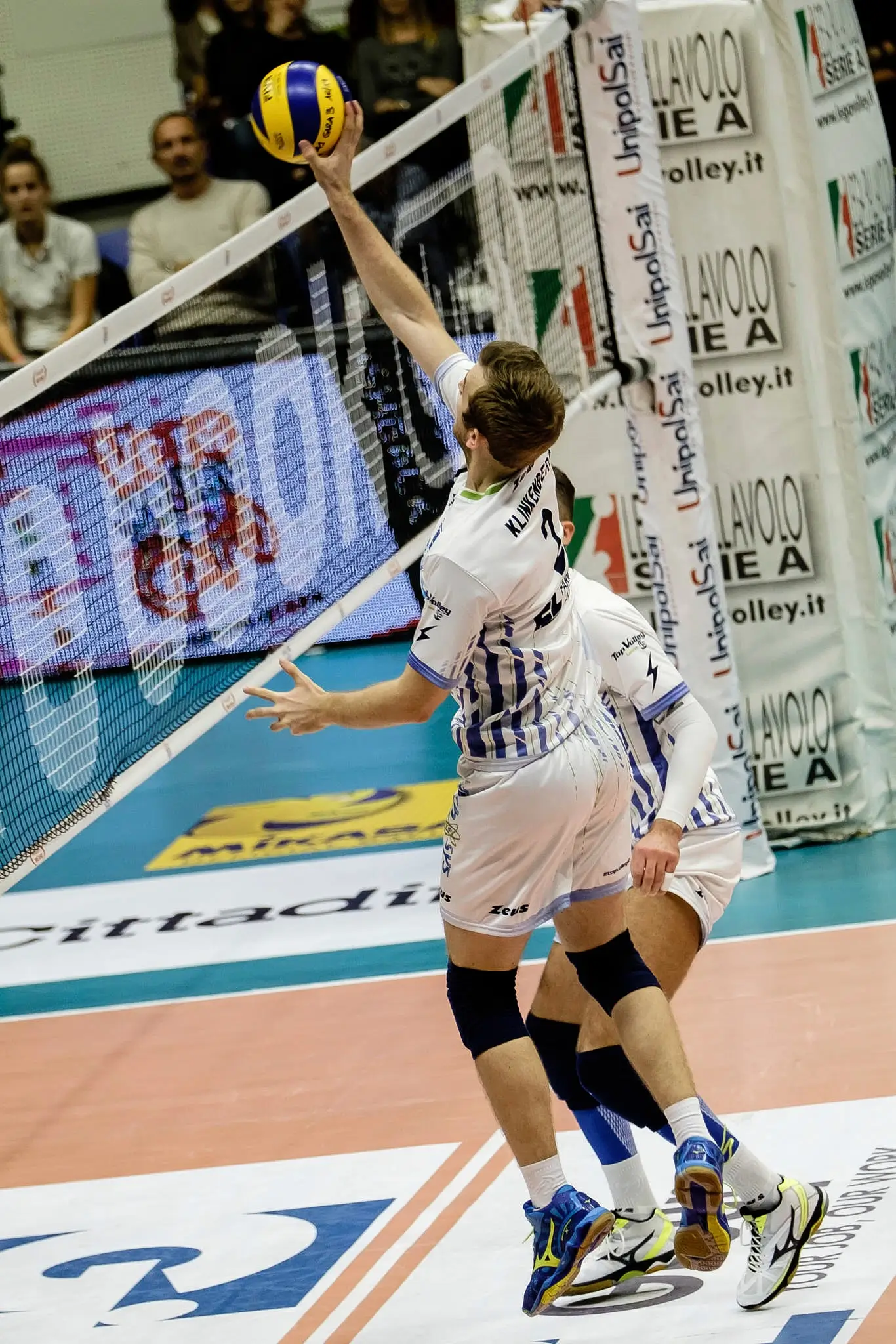
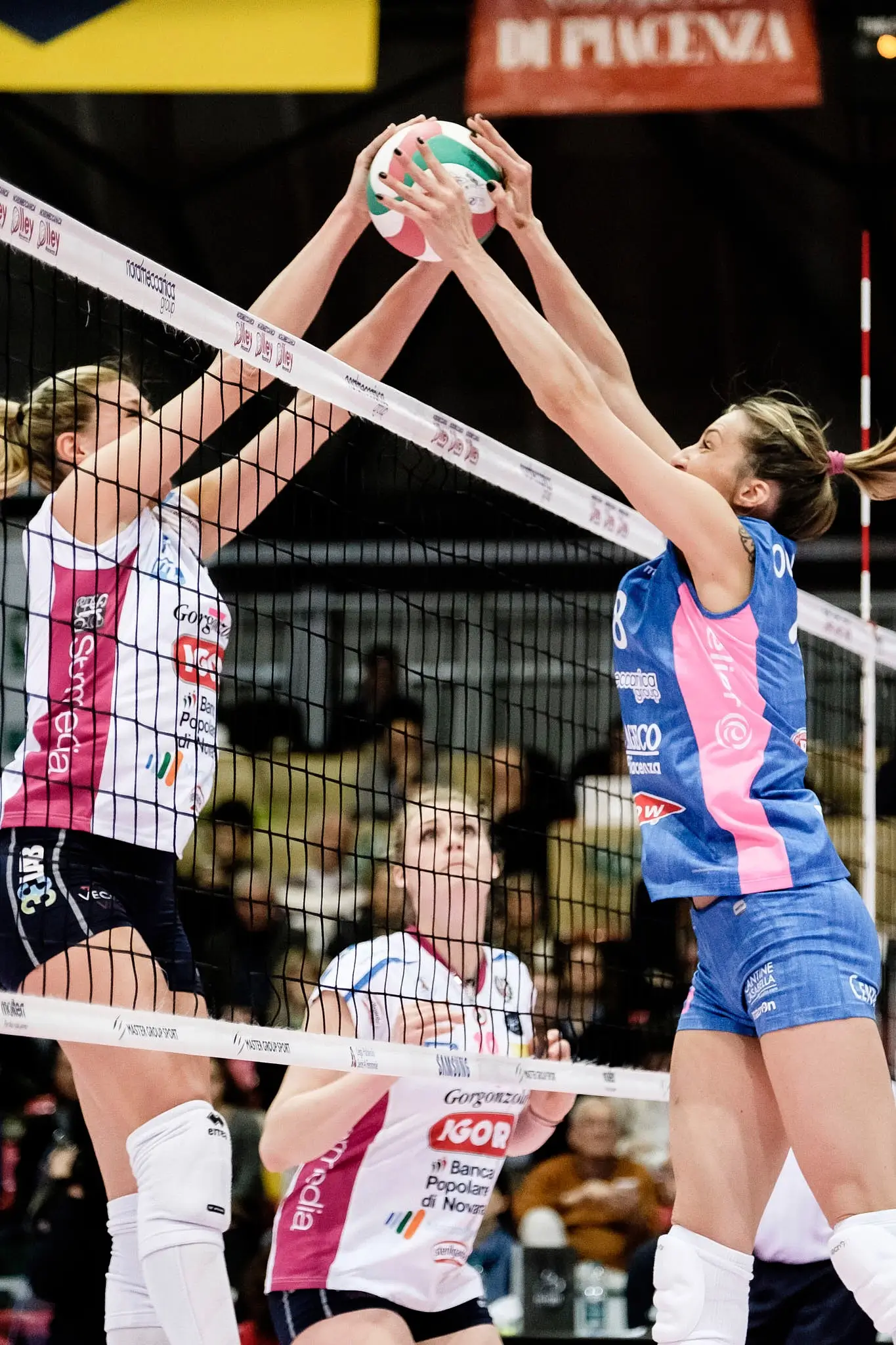
And if you want to take a good shot of a defence, you need to think about where the ball could fall before the spiker hits it.
In the beginning, I completely relied on the burst of my camera (you may think of whatever expensive gear, but let me tell you: I was shooting with a Fujifilm X-T1and a Fujinon 50-140mm), but as my experience grew, I became better in shooting at the right moment.
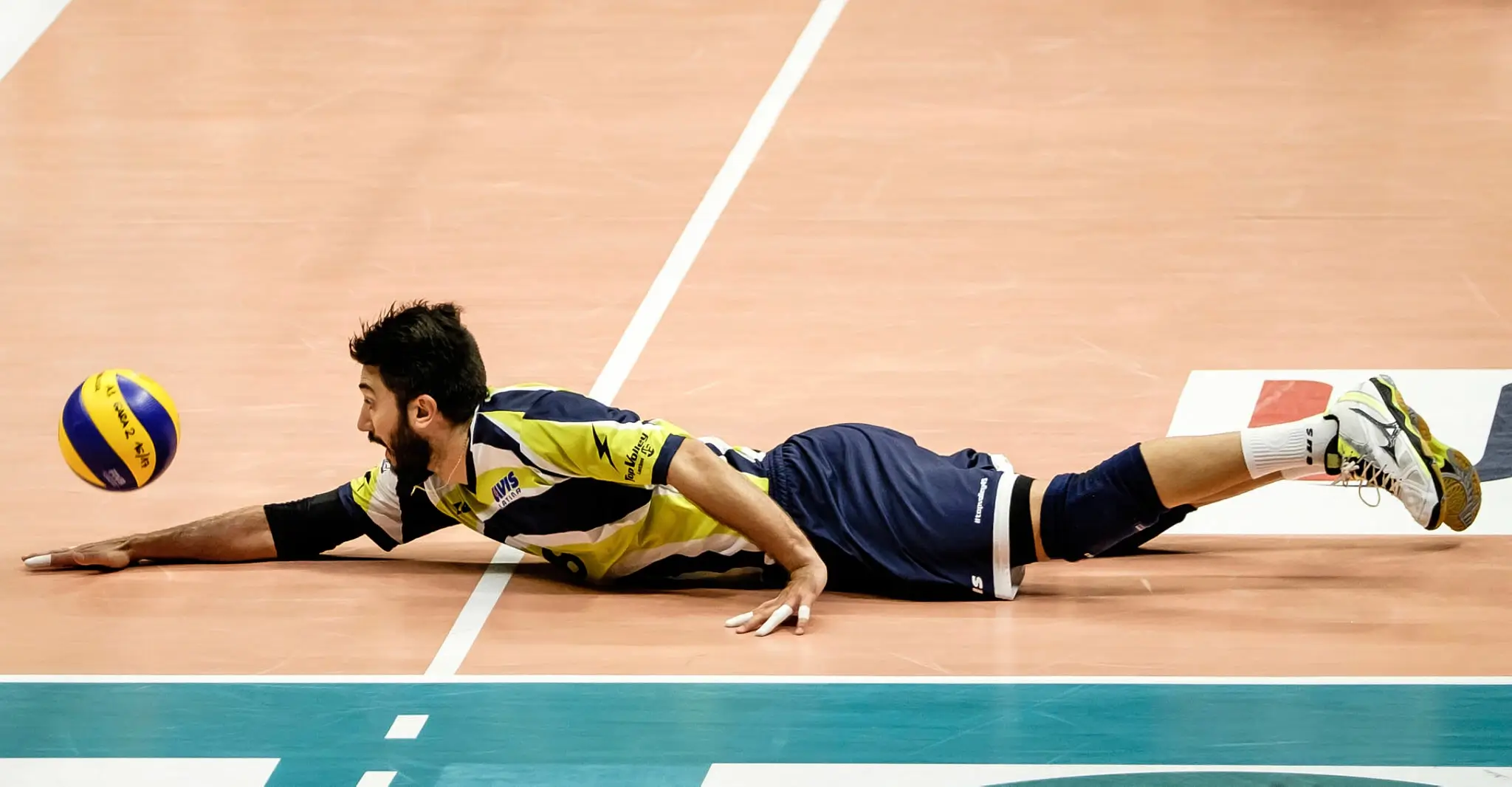
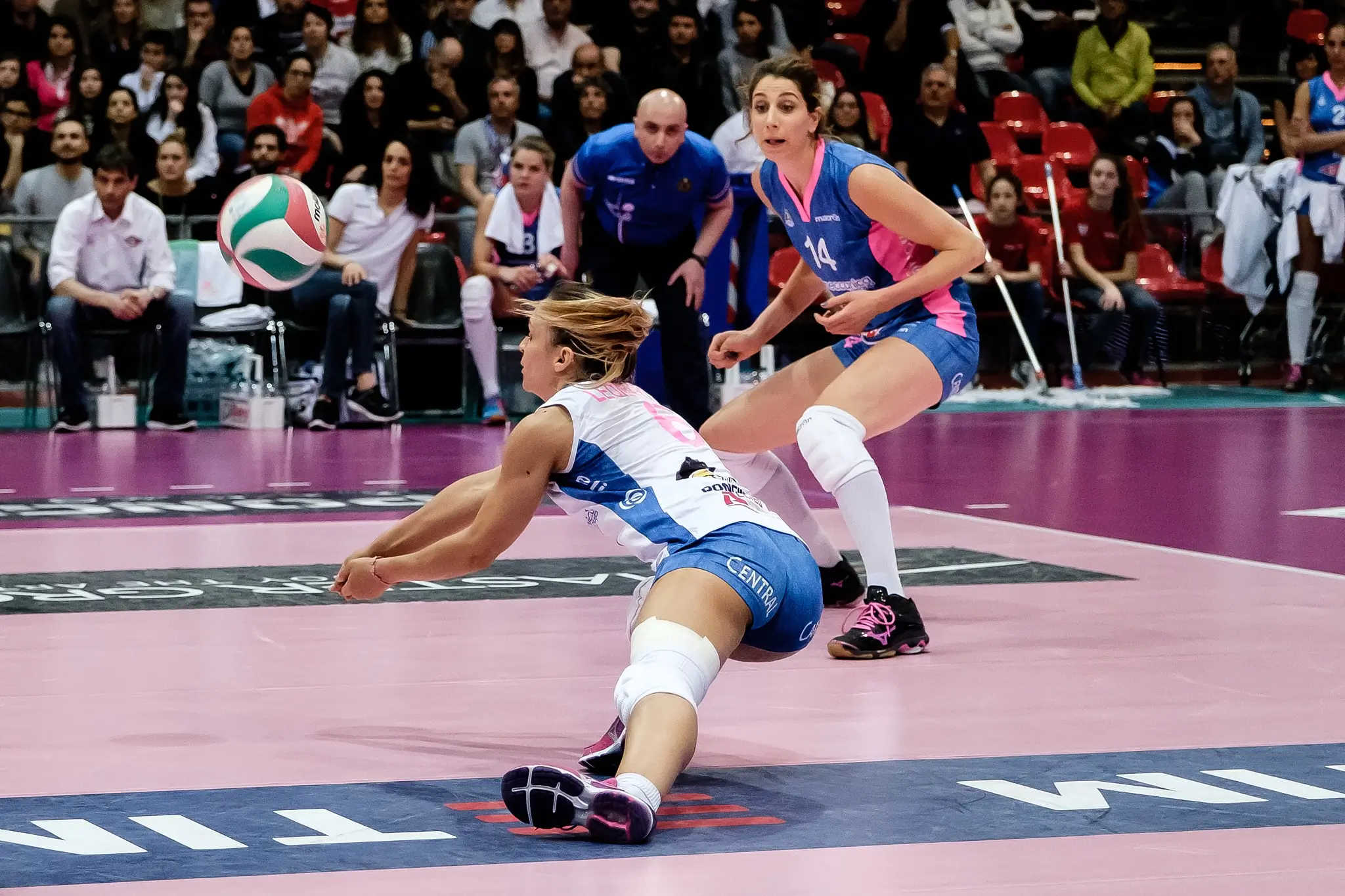
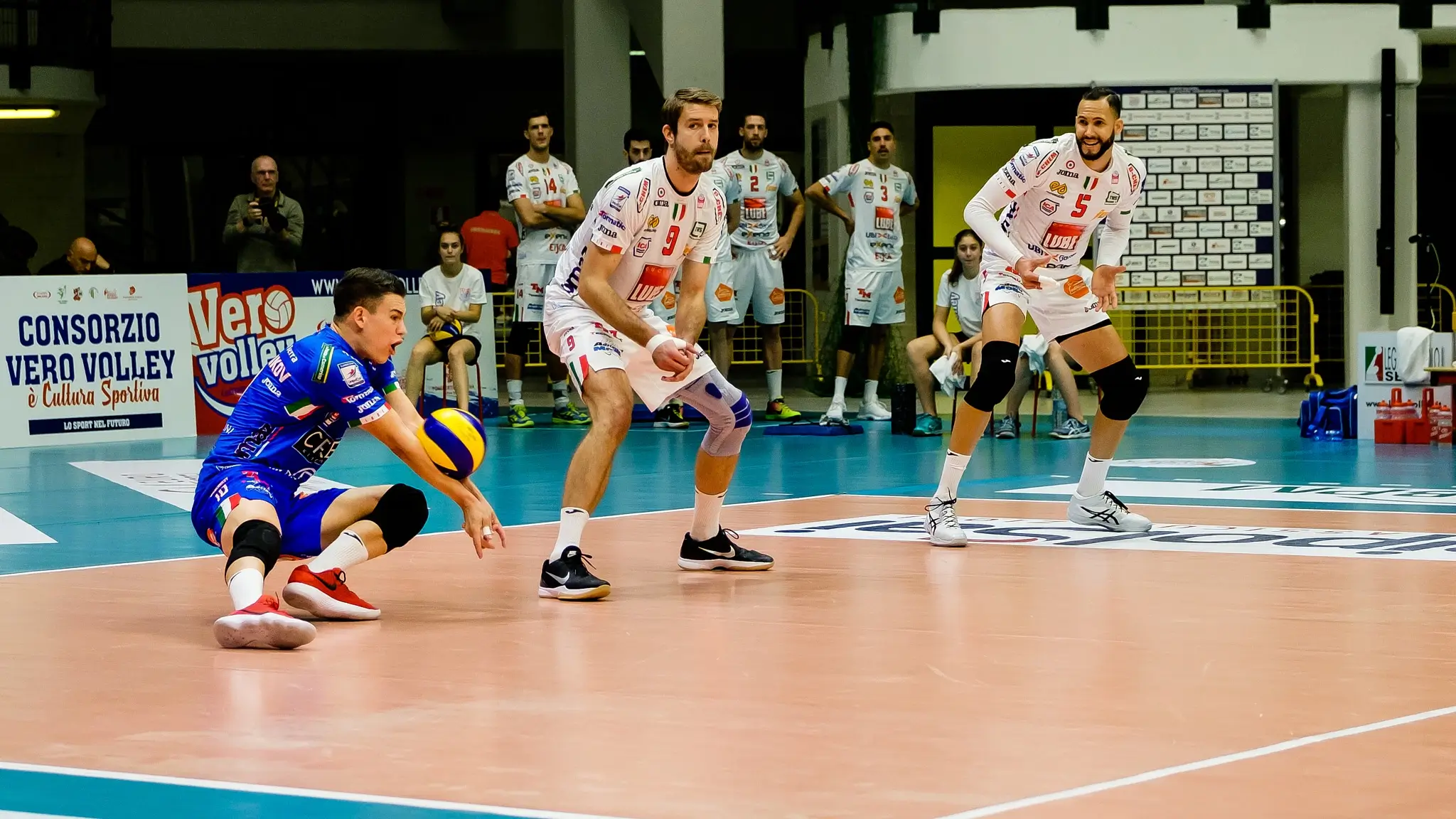
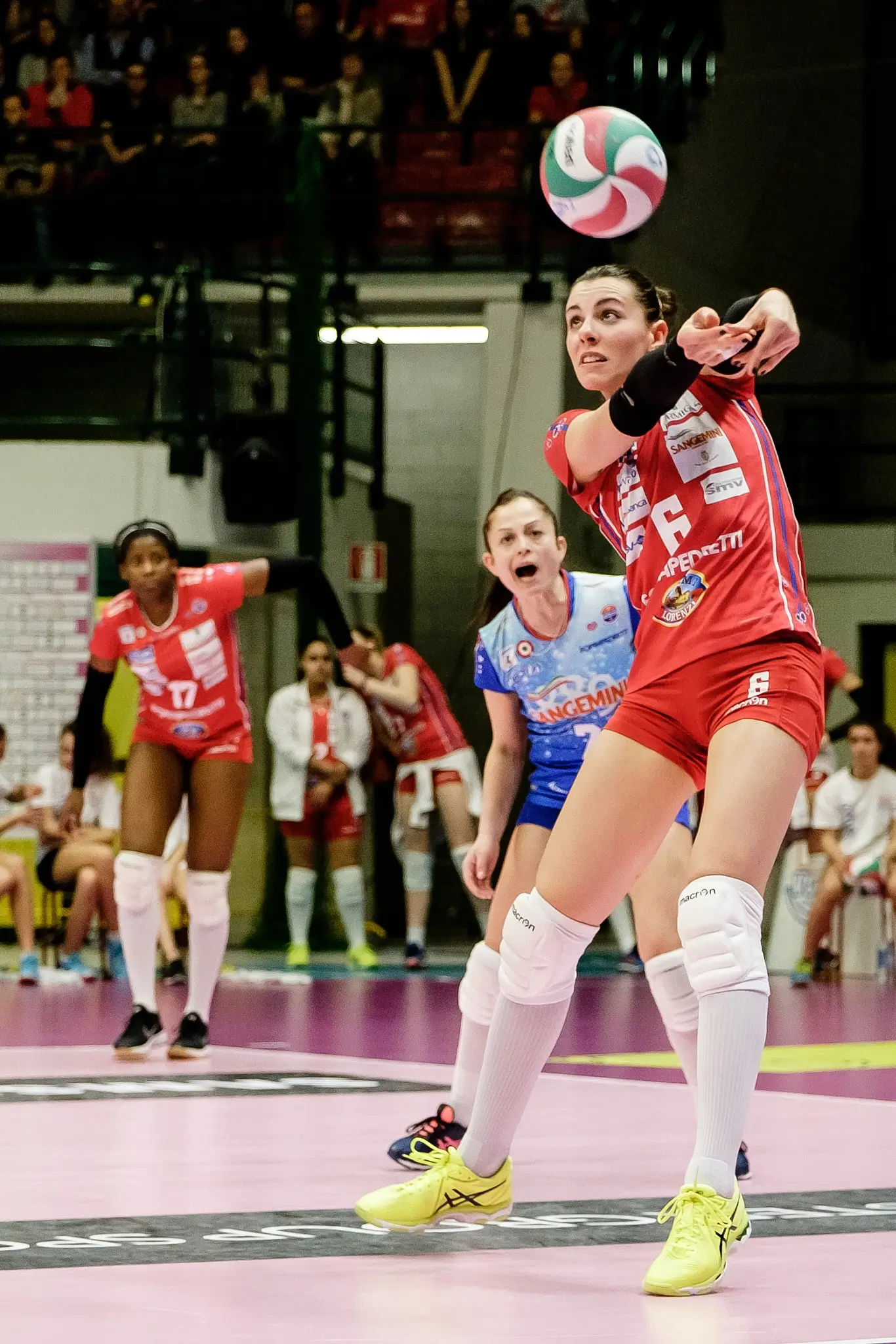
Being so close to the action can also be dangerous. I remember once, during the warm-up of a match, one of the spikers went a bit too long with the spike and the ball bounced a couple of times before hitting me on the lens hood. It lost most of the energy before reaching me, sure if it had been a direct catch I could have been in serious troubles…
On some occasions, the Team’s press required my shots even during the game, so they could post them on their socials. This means that after each set, I had to download the images to my MacBook, check among hundreds of shots a few ones good for publishing, edit them on the fly and send them to the responsible for posting. And the break between sets is terribly short.
Having the possibility to walk around the field, also opened the door to experiment to look at different perspectives.
Like in these examples, where, instead of using a telephoto, I was just below the net with a manual focus 12mm lens.
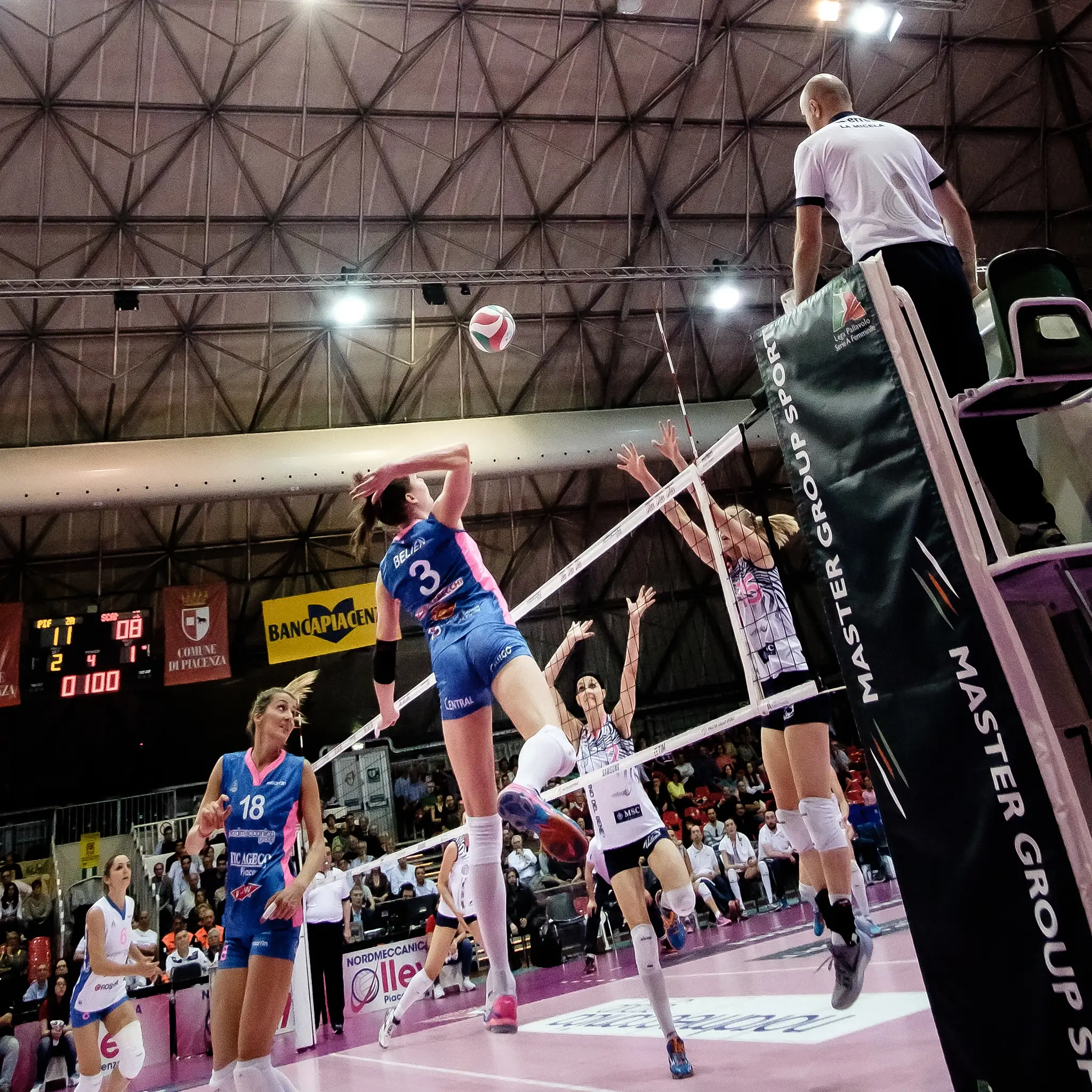
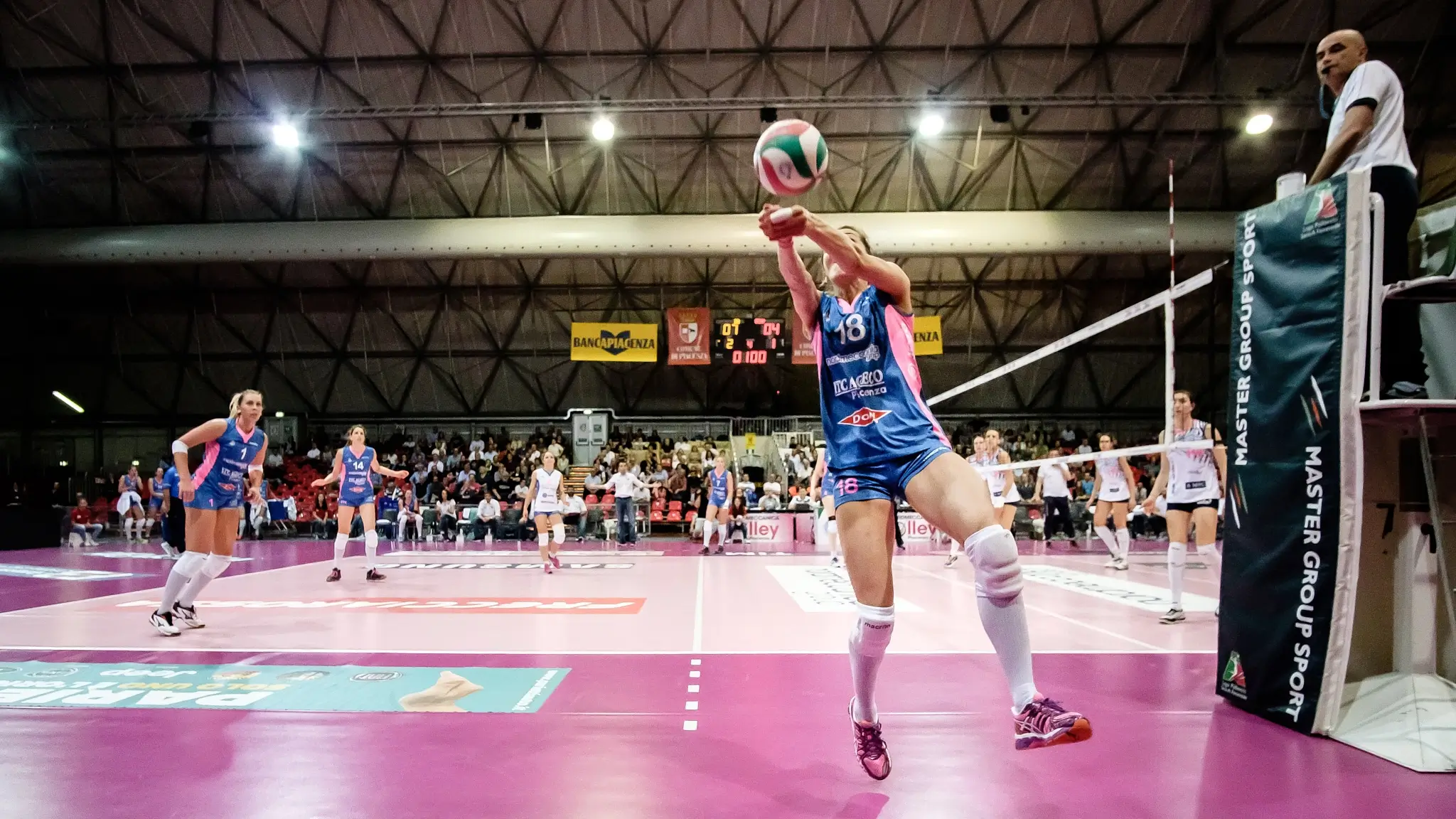
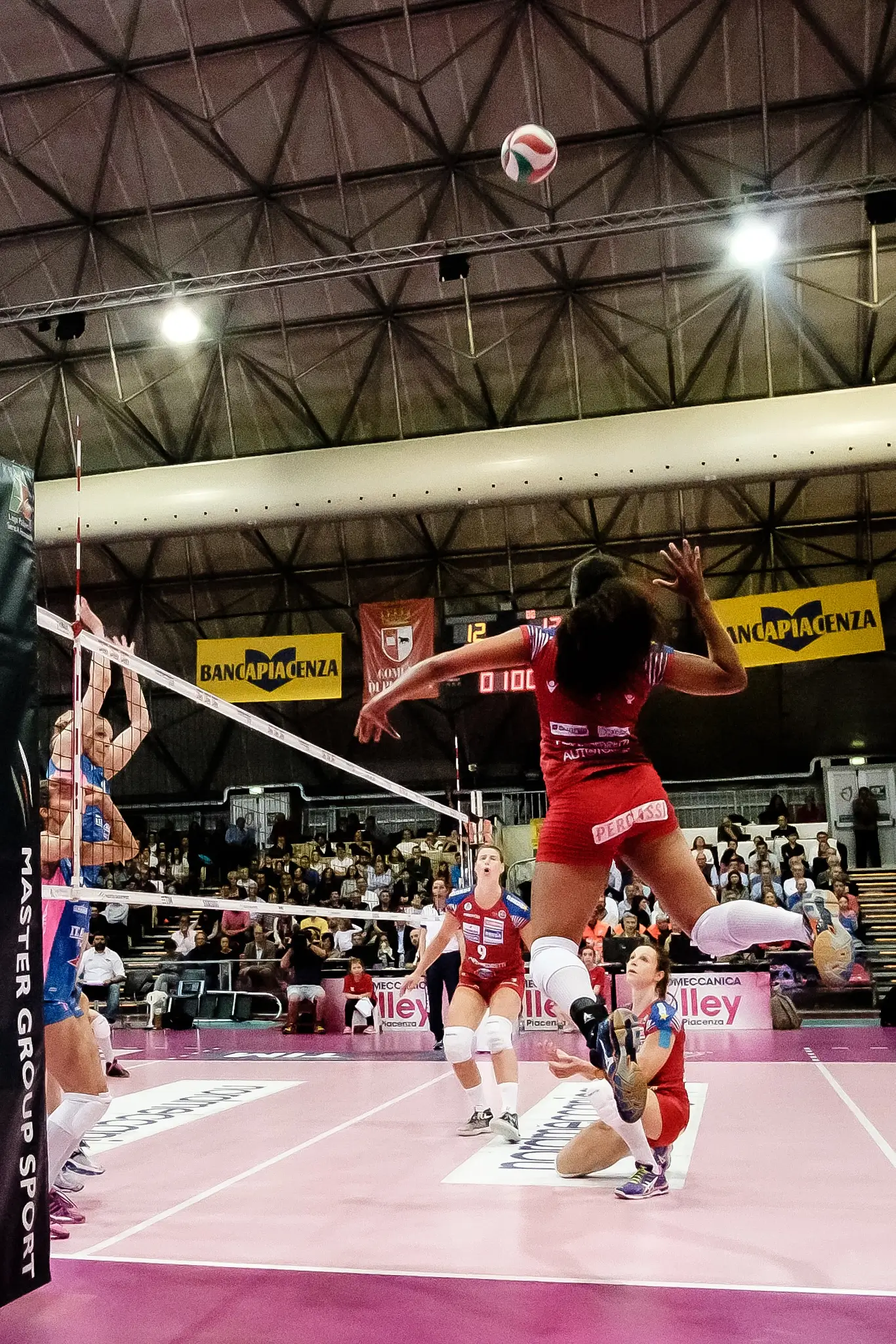
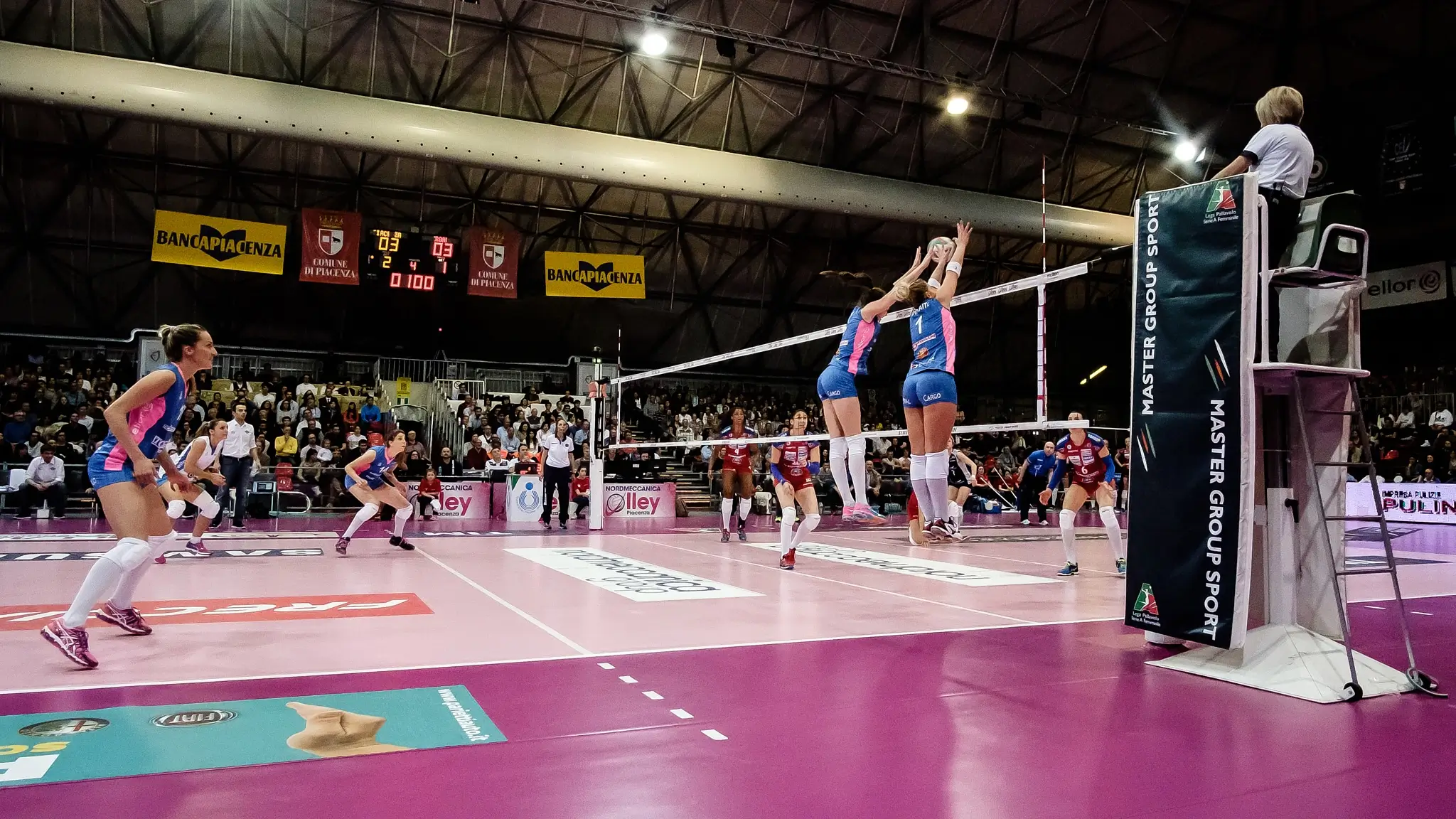
But the craziest experiment was to shoot a set with an old 35mm film camera and an expired roll of Fuji Provia 1600. I took my father’s old Canon FTb and paired it with a Vivitar 200mm. It was a fun game and I managed to take some decent shots. However, for today’s standards, those images cannot be used for socials or anything commercial.
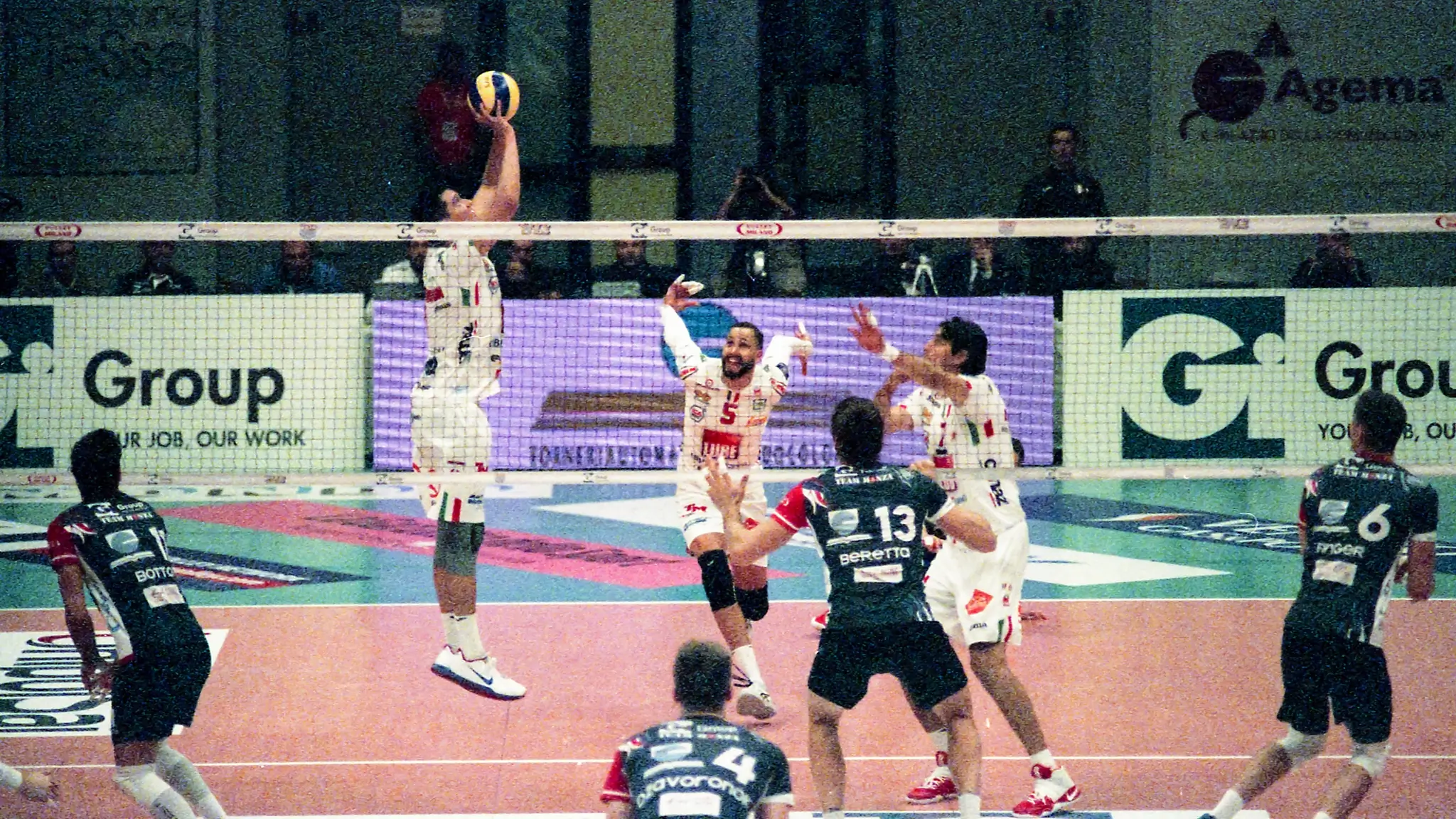
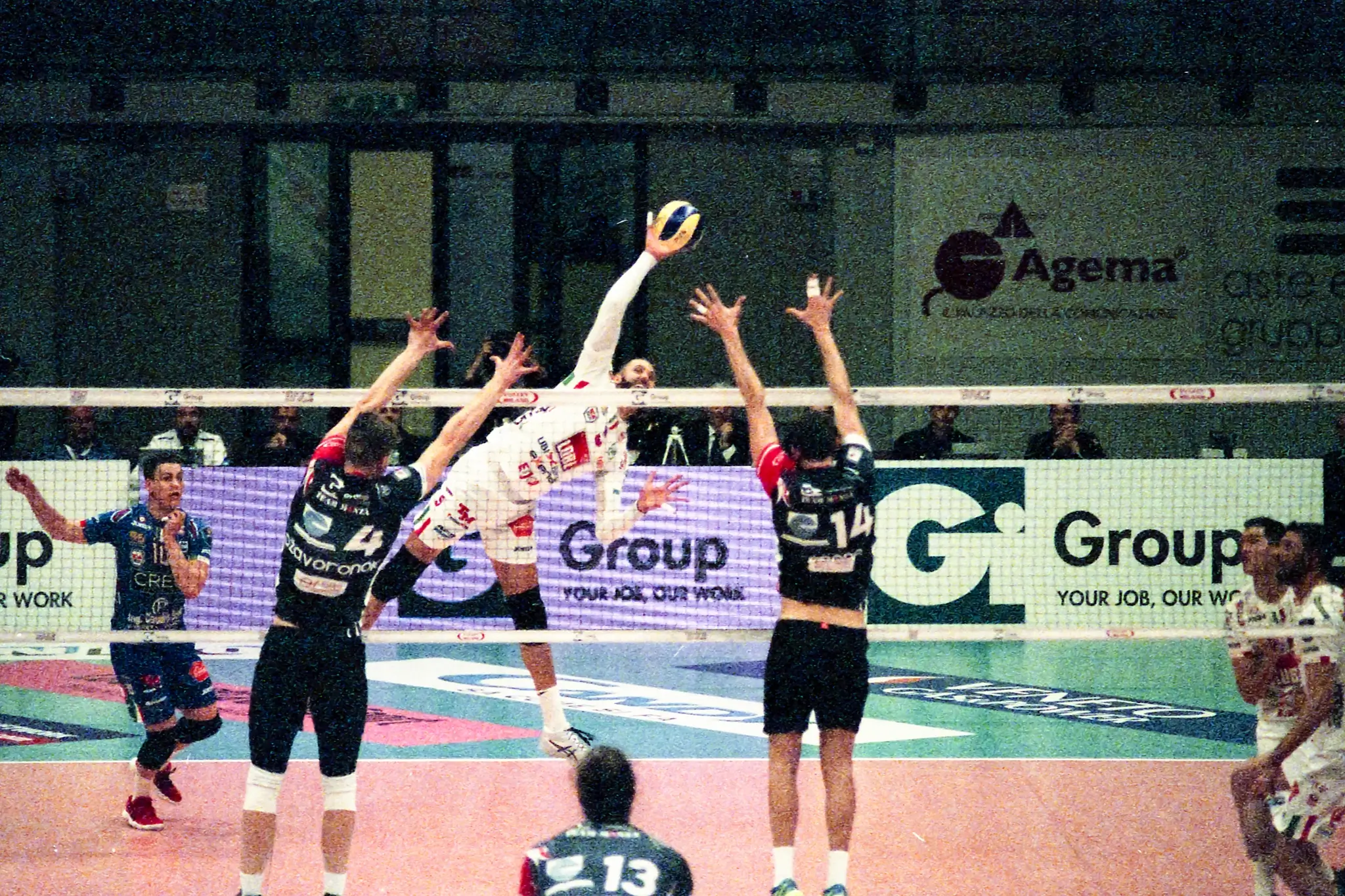
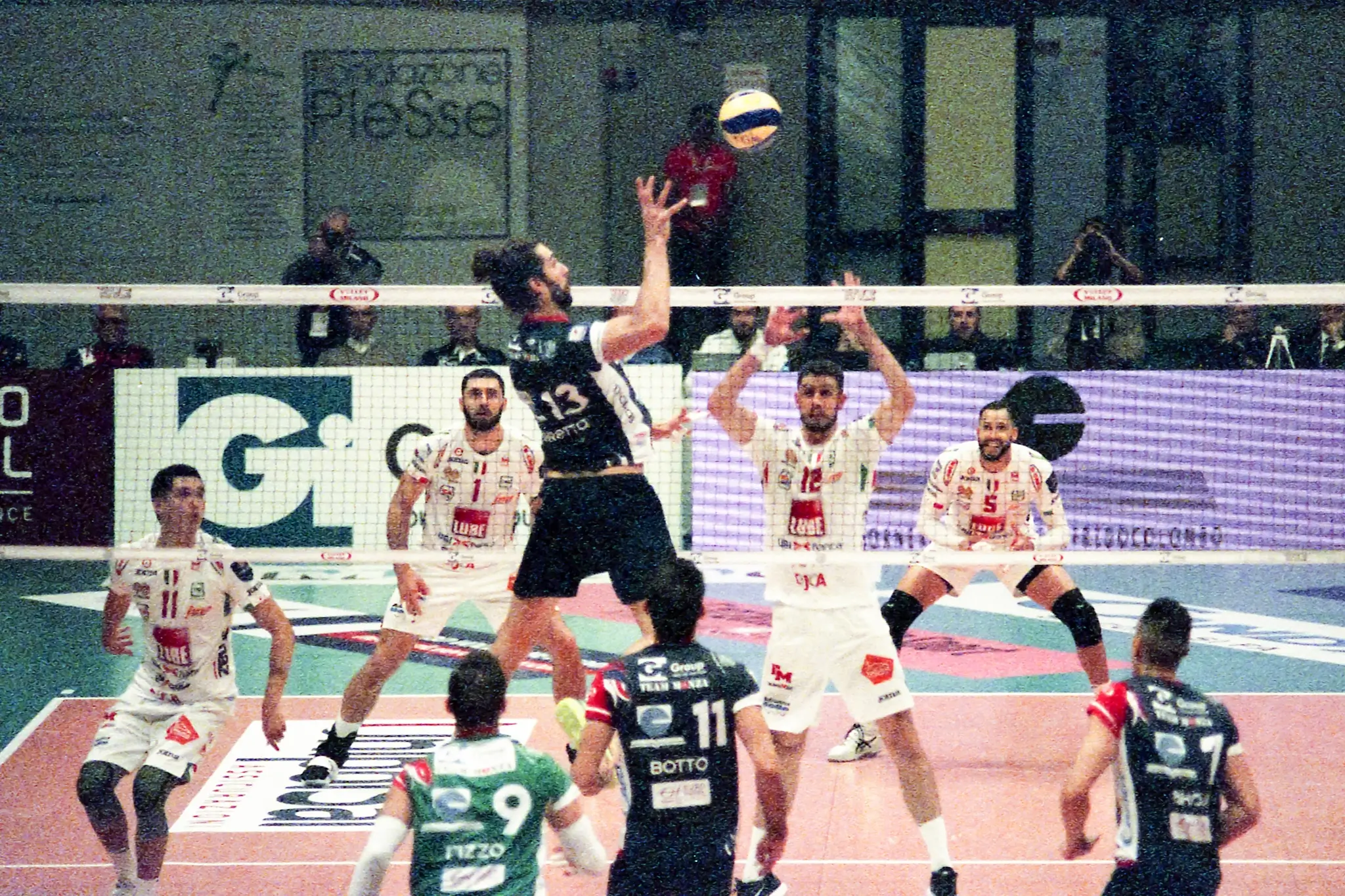
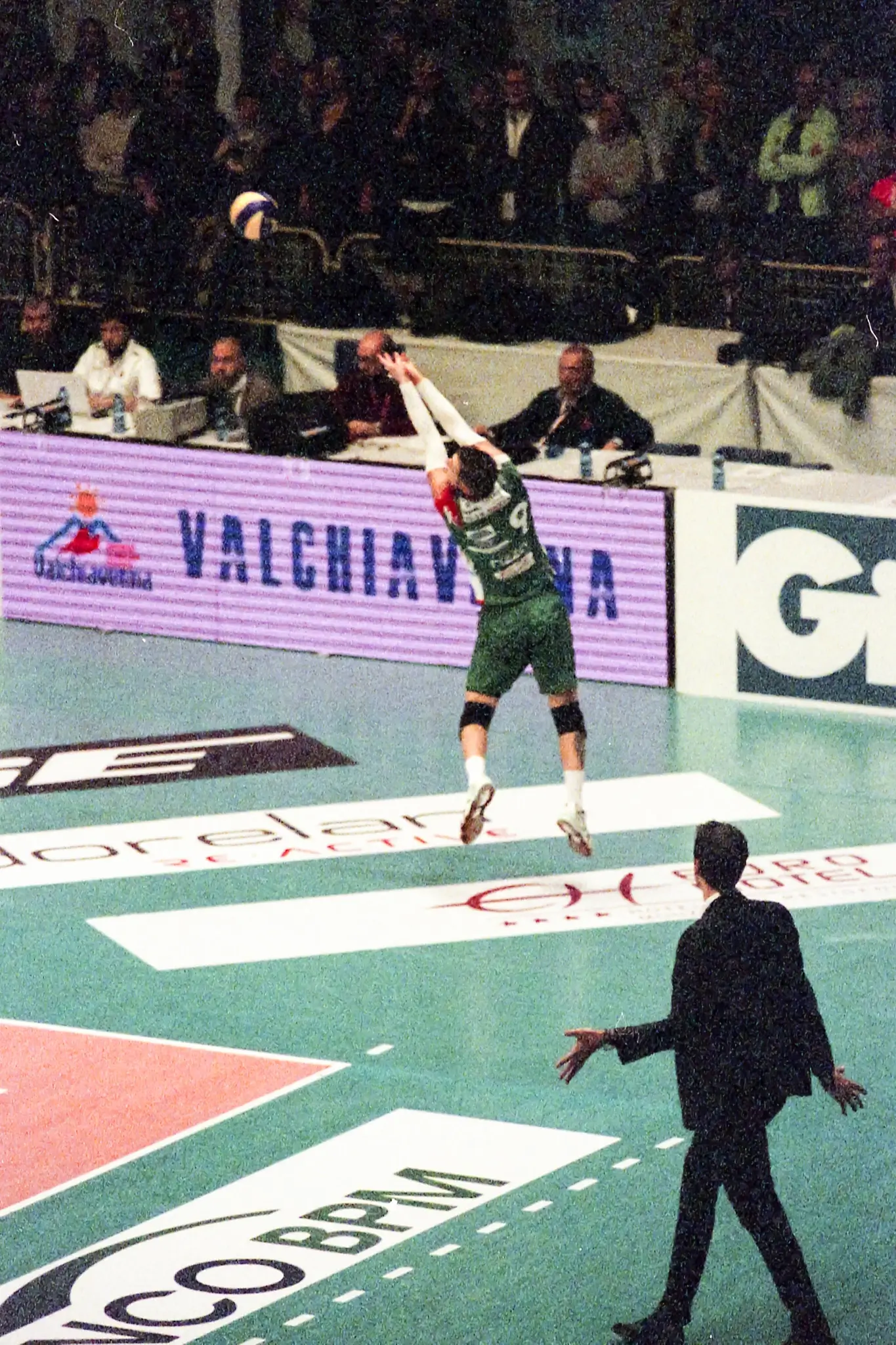
I have now quitted this kind of photography, however, the memories of that period are still there and I think of it with deep feelings.
Maybe one day I’ll get back to it, who knows.
For now, take care and talk soon!